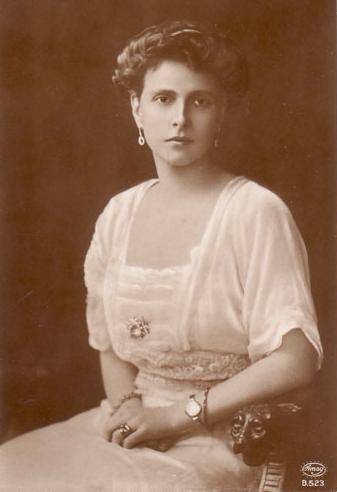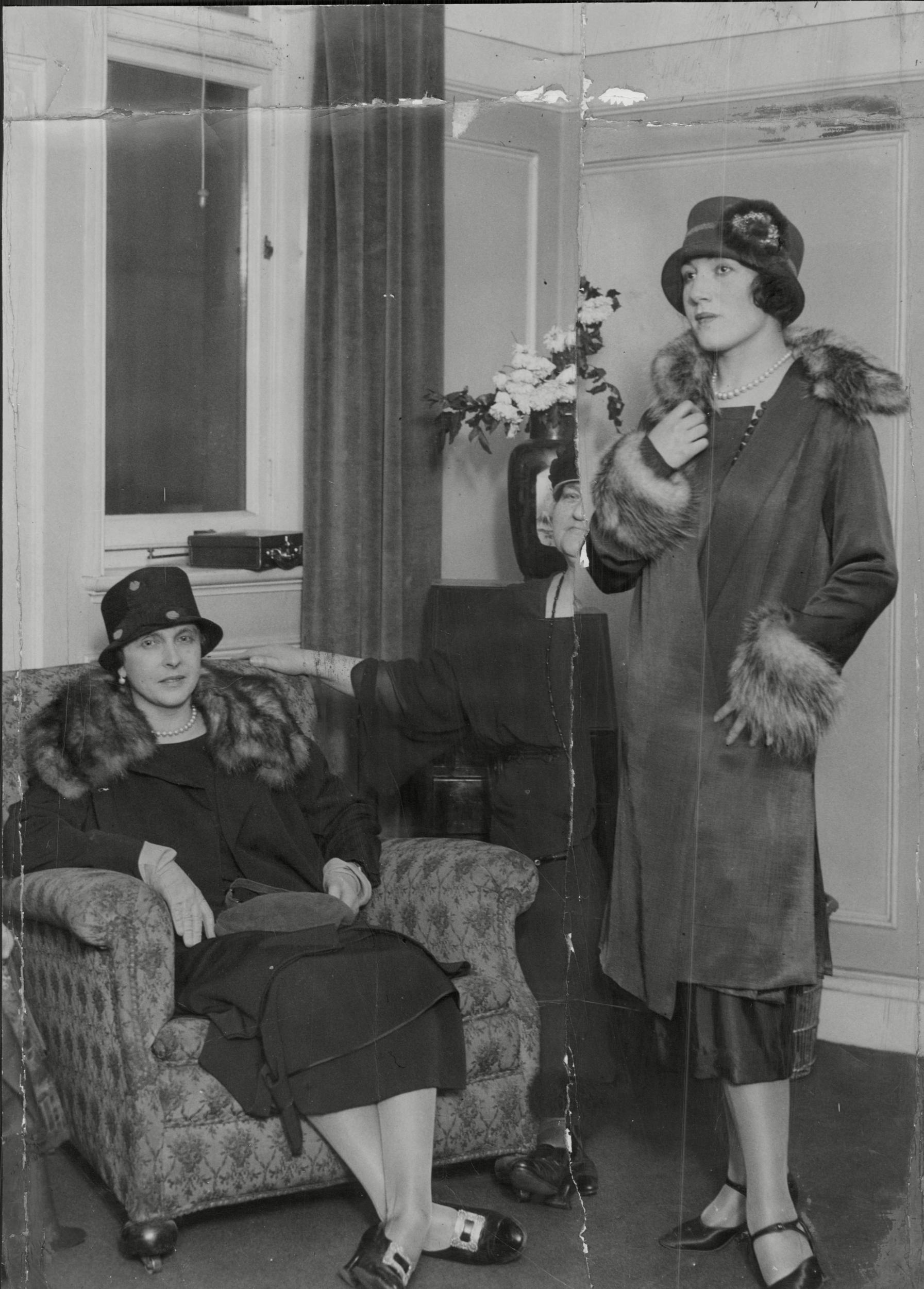Who was Prince Philip’s mother, Princess Alice?
The Duke of Edinburgh's mother lived a turbulent life
Your support helps us to tell the story
From reproductive rights to climate change to Big Tech, The Independent is on the ground when the story is developing. Whether it's investigating the financials of Elon Musk's pro-Trump PAC or producing our latest documentary, 'The A Word', which shines a light on the American women fighting for reproductive rights, we know how important it is to parse out the facts from the messaging.
At such a critical moment in US history, we need reporters on the ground. Your donation allows us to keep sending journalists to speak to both sides of the story.
The Independent is trusted by Americans across the entire political spectrum. And unlike many other quality news outlets, we choose not to lock Americans out of our reporting and analysis with paywalls. We believe quality journalism should be available to everyone, paid for by those who can afford it.
Your support makes all the difference.The Duke of Edinburgh, Prince Philip, has died at the age of 99.
Buckingham Palace confirmed in a statement on 9 April that the Queen’s husband of 74 years, died “peacefully” at Windsor Castle.
The Duke, who was born in Greece, has been depicted in many ways over the years, including most recently in The Crown. The Netflix show also focused on a lesser-known member of the monarchy: his mother, Princess Alice of Battenberg.
The show has been known to tread a fine between fact and fantasy and Bubbikins – the fourth episode of season three – raises many questions about the real life of this enigmatic woman.
Princess Alice served as a military nurse during the First World War, before becoming a nun and living in exile twice. She struggled with her mental health.
Who was Princess Alice?

Prince Philip’s semi-estranged mother was born congenitally deaf in Windsor Castle in 1885, and was raised as an English princess. She was the daughter of Princess Victoria of Hess and by Rhine and Prince Louis of Battenberg, and the great-granddaughter of Queen Victoria.
After marrying Prince Andrew of Greece and Denmark in 1903, she became Princess Andrew of Greece and Denmark and lived in Greece.
She fled Greece in 1922 after her husband was tried in a military court by the new government.
Settling in Paris with her family, Princess Alice engaged in charity work with Greek refugees, before converting to the Greek Orthodox Church in 1928.
After suffering a nervous breakdown in 1930, she was diagnosed with paranoid schizophrenia and committed to a mental institution.
Sigmund Freud was consulted on the Princesses’ mental health, concluding that her delusions were the result of “sexual frustration”.
In Bubbikins, the princess references the pioneering psychologist, saying: “He was not a kind man. I was there for just over two years, and I managed to escape.”
After escaping the asylum, she led a nomadic, monastic existence, ceasing all contact with her family for years.
During the Second World War, she worked for the Red Cross and organised food and shelter for orphaned and lost children.
Following the Nazi invasion of Greece, the princess risked her life by hiding a Jewish family in her home.
She eventually returned to the UK in 1947 for the wedding of her son Prince Philip to Princess Elizabeth. Following this, she went back to Greece where she established an order of Greek Orthodox nuns.
Political turmoil in Greece led her to flee her home and move in to Buckingham Palace to live with the Queen and her son until her death in 1969.
Was she really interviewed by a Guardian journalist, as The Crown suggests?

The Crown has it that a Guardian reporter named John Armstrong was offered an interview with Princess Anne, following his less-than-complimentary documentary review.
In the show, Princess Anne manages to trick Armstrong into speaking with Princess Alice instead.
After learning of her altruistic work and unorthodox journey, Armstrong is duly captivated by the lesser-known royal, writing a flattering profile that changes the perception of her.
In reality, such an interview never happened, and Princess Alice was not revered to the extent The Crown implies. On the contrary, she was largely forgotten.
Hugo Vicker’s biography, Alice: Princess Andrew of Greece, said: “By the end of her life the general public scarcely remembered that she was alive and were largely unaware that she was at Buckingham Palace,” according to Esquire.
Her obituary was reported to feature in newspapers, but not on the scale of the piece shown in The Crown.
In 1994 she was named as Righteous Among the Nations for her actions during the Holocaust and in 2010, she was labelled a Hero of the Holocaust by the British government.

Join our commenting forum
Join thought-provoking conversations, follow other Independent readers and see their replies
Comments